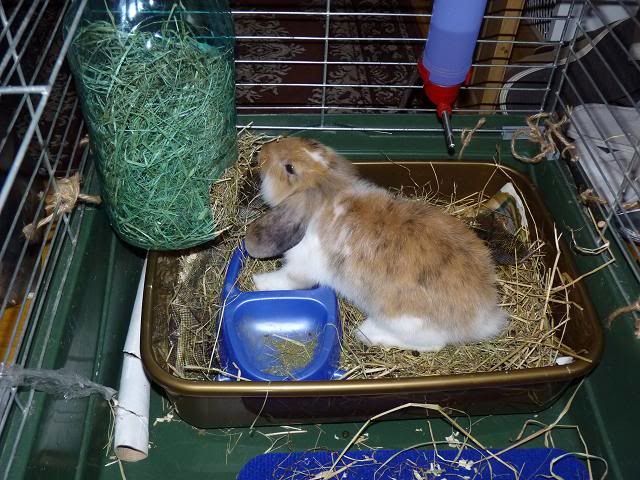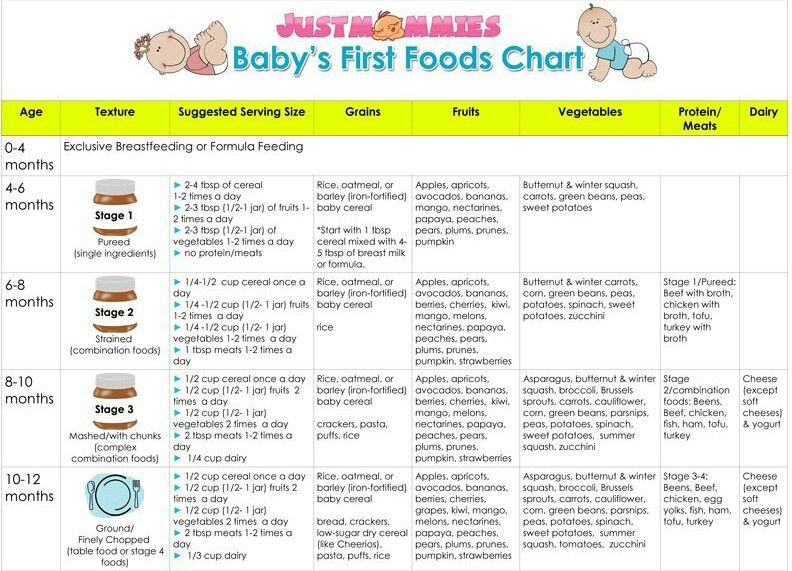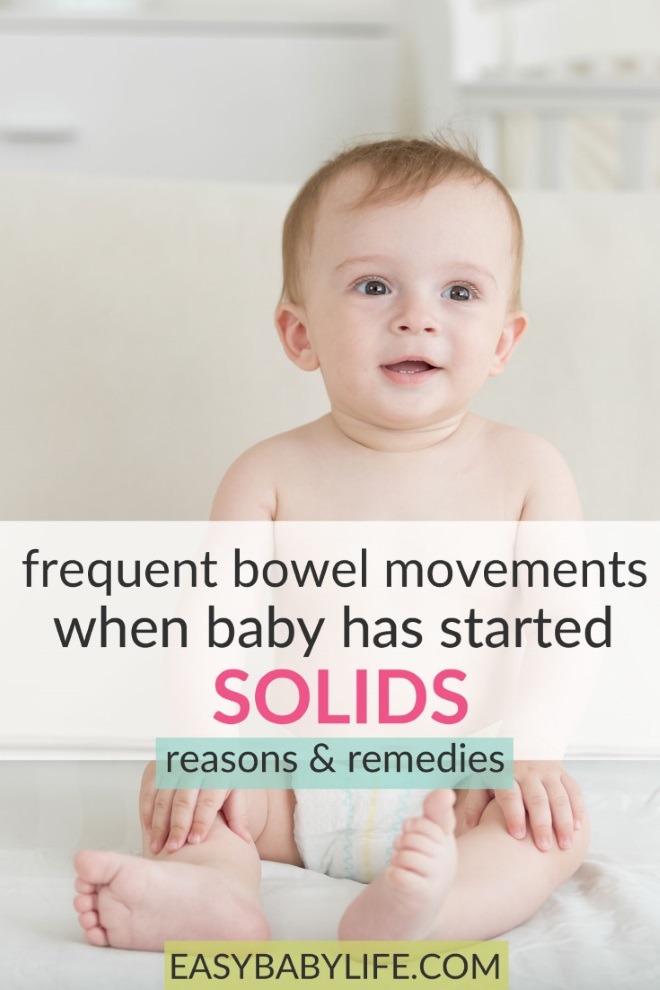Feeding fussy babies
Fussy eaters - NHS
It's natural to worry whether your child is getting enough food if they refuse to eat sometimes.
But it's perfectly normal for toddlers to refuse to eat or even taste new foods.
Do not worry about what your child eats in a day or if they do not eat everything at mealtimes. It's more helpful to think about what they eat over a week.
If your child is active and gaining weight, and they seem well, then they're getting enough to eat.
As long as your child eats some food from the 4 main food groups (fruit and vegetables; potatoes, bread, rice, pasta and other starchy carbohydrates; dairy or dairy alternatives; and beans, pulses, fish, eggs, meat and other proteins) you do not need to worry. Find out more about what to feed young children.
Gradually introduce other foods and keep going back to the foods your child did not like before. Children's tastes change. One day they'll hate something, but a month later they may love it.
Keep offering a variety of foods – it may take lots of attempts before your child accepts some foods.
Tips for parents of fussy eaters- Give your child the same food as the rest of the family, but remember not to add salt to your child's food. Check the label of any food product you use to make family meals.
- The best way for your child to learn to eat and enjoy new foods is to copy you. Try to eat with them as often as you can.
- Give small portions and praise your child for eating, even if they only eat a little.
- If your child rejects the food, do not force them to eat it. Just take the food away without saying anything. Try to stay calm, even if it's very frustrating. Try the food again another time.

- Do not leave meals until your child is too hungry or tired to eat.
- Your child may be a slow eater, so be patient.
- Do not give your child too many snacks between meals – 2 healthy snacks a day is plenty.
- Do not to use food as a reward. Your child may start to think of sweets as nice and vegetables as nasty. Instead, reward them with a trip to the park or promise to play a game with them.
- Make mealtimes enjoyable and not just about eating. Sit down and chat about other things.
- If you know any other children of the same age who are good eaters, ask them round for tea. But do not talk too much about how good the other children are.
- Ask an adult that your child likes and looks up to to eat with you. Sometimes a child will eat for someone else, such as a grandparent, without any fuss.

- Changing how you serve a food may make it more appealing. For example, your child might refuse cooked carrots but enjoy raw grated carrot.
- Baby and toddler meal ideas
- Dealing with child behaviour problems
Video: How do I manage a fussy eater? (18 to 30 months)
This video explains how to manage a fussy eater.
Media last reviewed: 2 December 2020
Media review due: 2 December 2023
Page last reviewed: 2 February 2021
Next review due: 2 February 2024
7 Clever Ways to Get Your Fussy Baby to Eat
Whether they’re distracted, food seems unappetizing, or they’re just not hungry, fussy babies can make for frustrated parents. Since babies can’t verbalize what they want (or cook for themselves), all you can do is present healthy options creatively and at regular intervals. It’s up to baby to eat. Try these seven clever strategies—
It’s up to baby to eat. Try these seven clever strategies—
Babies are naturally “neophobic,” meaning they’re fearful of anything new. When your baby rejects a new food, keep in mind it might not be the flavor. Your little one could just need more time and some inspiration. When introducing a new taste or texture, consider baby’s tray your palette. Use boiled macaroni and some olives to make a smiley face, or organize soft berries and boiled vegetables into a rainbow. Despite what our moms always told us, sometimes playing with your food is OK—especially when it helps them feel comfortable with new colors and food combinations.
2. It’s Not You, It’s EwwYou might gasp a little when yogurt ends up on the floor, but encouraging baby to play will strengthen his relationship with food, making him less hesitant to try new tastes and textures. Give him a few colors and textures to play with—a dollop of vegetable purée (like Beech-Nut sweet corn & green beans), a few blueberries, and maybe something with a kick like tiny bits of nectarine or orange. Then, let him have some fun. Don’t worry… it’s nothing you can’t wipe up quickly.
Then, let him have some fun. Don’t worry… it’s nothing you can’t wipe up quickly.
Babies are often more open to trying new genres of music than flavors of food. To help make mealtime a bit more memorable, consider jamming out with your babe to his favorite song. No radio necessary. This is where the spoon becomes the mic, you become the lead singer and baby acts as backup vocalist — taste testing the mic every once in a while, of course.
4. Mix (and Spice) It UpYou don’t eat just one thing for lunch, so don’t make baby do it either. Small, baby-safe ice cube trays make for the perfect “separator plate” solution. Provide a variety of foods—some new and some tried-and-true—then, let her pick around and taste the new foods among the ones she trusts.
Not quite ready for brand new foods? Introduce new spices to already-trusted foods. Add a pinch of cinnamon to applesauce, or nutmeg to the butternut squash purée from Beech-Nut.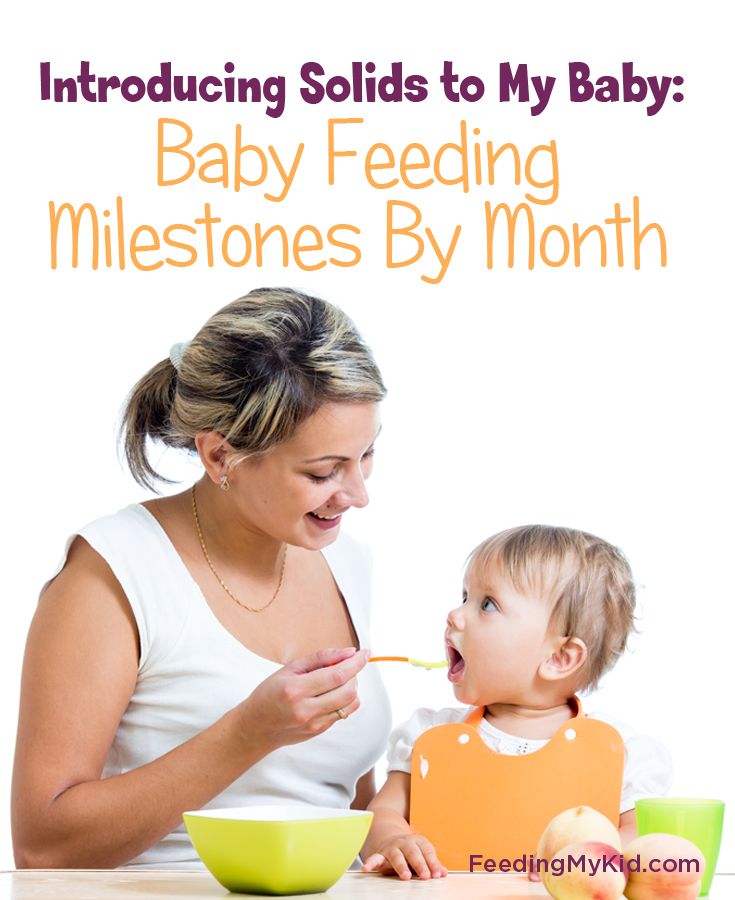
A fun way to introduce new textures is to grate baby’s favorite flavors of firm fruits and veggies onto her tray. After spoon-fed purées, long, thin strips of carrots, apples and sweet potatoes may not seem like food. Show your baby how to pile the pieces into an edible mountain and eat each sliver one by one. It’s like Jenga for baby.
6. A Casual Lunch DateEven babies can be social eaters, so whenever you can, invite a friend over for a dining-focused playdate. Prepare a variety of finger foods and purées, including frozen purée pops, which are great for teething tots. You can make your own blend of fruitsicle or just pour a jar of Beech-Nut Naturals into a freezer-proof mold a few hours before. Not only is it fun to have company, but babies whose lips were sealed a minute ago may open up when they see a friend chowing down on lunch.
7. Special DeliveryWe all know the airplane trick — our grandparents used it on our parents, our parents used it on us. But baby can see through this and keeps his mouth sealed tight. Try the same method, but refocused.
But baby can see through this and keeps his mouth sealed tight. Try the same method, but refocused.
This cute construction cutlery set will have any dump-truck loving baby combing through his mashed potatoes. Who wouldn’t want to eat dinner off a literal mini ‘fork’lift?
Another presentation method: reusable food bags, like these lunchskins. The same way your baby is entertained by endless games of peek-a-boo, he’ll be excited to see what’s inside the bag. Reserve these bags for new flavors and textures so it’s like opening up something new every time you use them.
However, you use your creativity, make sure it comes in tandem with patience. The most crucial part of getting your baby to eat is to try and try again.
If all else fails, you can also consider adding a multivitamin, which could be great for those picky eaters who may not be getting enough nutrients from their diet. We like the Mommy’s Bliss Organic Multivitamin Drops, which are made without any artificial colors or ingredients (for babies 2 months+).
Have any creative ideas that we didn’t mention? Share them in the comments below!
Active or hyperactive?
This question is often asked by a pediatrician to mothers. And sometimes it is not easy to answer it.
“Fidget”, “perpetual motion machine”, “hurricane”… What kind of definitions do parents not hear about their overly active child. In infancy, the baby fell out of the stroller more than once, later he broke out the bars of the crib in order to get out of it without hindrance. At the age of four, a little mischievous person is not able to finish listening to a fairy tale, and to captivate him with a quiet game for at least ten minutes is a difficult task. nine0005
Is it worth worrying if your baby is full of inexhaustible energy, and you do not always find a “common language” with him? Let's talk about this with the pediatric neurologist of the OKDC, Nadezhda Leonidovna Kim.
From medical history to health history
Not every excited and inattentive prankster should be classified as a child with a hyperkinetic disorder. If a child's energy is overflowing, he becomes naughty and stubborn, often angry - this does not mean that he is sick. nine0005
If a child's energy is overflowing, he becomes naughty and stubborn, often angry - this does not mean that he is sick. nine0005
Agree, every person (and children are no exception) has moments of anger from time to time. How many children do not want to go to bed or indulge in the supermarket! A noisy baby full of energy from early morning is a reason for joy, not anxiety.
— But there are probably also signs that clearly speak of behavioral deviations?
Usually, signs of attention deficit hyperactivity disorder in a child are detected at the age of two or three years. However, often parents seek medical help only when the baby goes to school. It is here that problems appear, which are becoming increasingly difficult to deal with. First of all it is:
- restlessness, restlessness, restlessness;
- emotional instability, impulsivity;
- ignoring the rules of conduct;
- difficulties with the organization of activities;
- forgetfulness and tendency to lose things;
- sleep problems.

— What are the reasons for such violations?
To date, the main cause of hyperkinetic disorder is considered to be a genetic predisposition: about 30% of parents of children with hyperactivity syndrome suffered from the same ailment. nine0041 In some cases, intrauterine development disorders become the cause of a child's hyperactivity. If during pregnancy the expectant mother had toxicosis or high blood pressure, and the baby was diagnosed with intrauterine asphyxia, the risk of developing the disease increases at least three times. In addition, rapid or, conversely, prolonged labor, the use of nicotine or alcohol by the mother during pregnancy or breastfeeding. can also cause child hyperactivity disorder. Among such causes are chronic pathology, otitis media and somatic diseases, frequent colds, and the use of potent drugs under the age of 1 year. Head injuries and falls during infancy can also affect the nervous system. nine0041 Your baby needs love and care.
— What should mothers and fathers do if they are faced with a similar diagnosis?
Many parents do not consider it necessary to deal with hyperactivity disorder in children, attributing bad behavior to a difficult age. However, in the future, the disease turns into much more serious problems - poor school performance, frequent criticism from teachers and friends, nervous breakdowns and constant stress, resentment, decreased immunity, social isolation. nine0005
Any task tires such a child very quickly, just a couple of minutes after the start. It is almost impossible to focus on learning a new subject. Sitting down for homework in the language, the child opens a math notebook and does not notice that he is writing the text on a sheet in a cage. He forgets to write down information in a diary, may forget the textbook and notebooks on the desk or not hear the request addressed to him, avoids tasks that require attention and concentration.
nine0002 These children usually have a very poor memory. Trying to learn something by heart, a child can repeat a phrase twenty times and not reproduce it after a minute. This happens due to constant distractibility: children mechanically pronounce the words they are learning, but mentally follow the crawling fly on the wall or listen to the sounds from the street.
Trying to learn something by heart, a child can repeat a phrase twenty times and not reproduce it after a minute. This happens due to constant distractibility: children mechanically pronounce the words they are learning, but mentally follow the crawling fly on the wall or listen to the sounds from the street. Therefore, it is necessary to pay attention to the peculiarities of your child's behavior as early as possible, seek advice from an experienced specialist and conduct a comprehensive corrective therapy. nine0005
The doctor's task is to collect information and conduct a comprehensive examination to exclude other possible causes of such behavior of the child - a sudden change in the family, such as parental divorce, undiagnosed epilepsy, depression, hearing loss, vision loss, and other somatic diseases that affect brain function.
- What specific advice can parents give to make it easier to communicate with such a child?
— Show enough firmness and consistency in education. Watch your speech, always speak slowly, in a calm voice. Praise him in every case when he deserves it, emphasize even minor successes. Build relationships with your child on mutual understanding and trust. Don't argue in front of your child. Protect the child from overwork, because. it leads to a decrease in self-control and an increase in motor activity. Do not let him sit at the TV or computer for a long time. nine0005
Watch your speech, always speak slowly, in a calm voice. Praise him in every case when he deserves it, emphasize even minor successes. Build relationships with your child on mutual understanding and trust. Don't argue in front of your child. Protect the child from overwork, because. it leads to a decrease in self-control and an increase in motor activity. Do not let him sit at the TV or computer for a long time. nine0005
Make sure your child gets enough sleep. Avoid large crowds as much as possible. Staying in shops, markets and large entertainment centers has an excessively exciting effect on the child.
Share information
Social buttons for Joomla
How to stop breastfeeding | Philips Avent
search support iconSearch Keywords
Home ›› How to end breastfeeding comfortably for mom and baby
Home ›› How to end breastfeeding comfortably for mom and baby Like all good things, breastfeeding eventually comes to an end.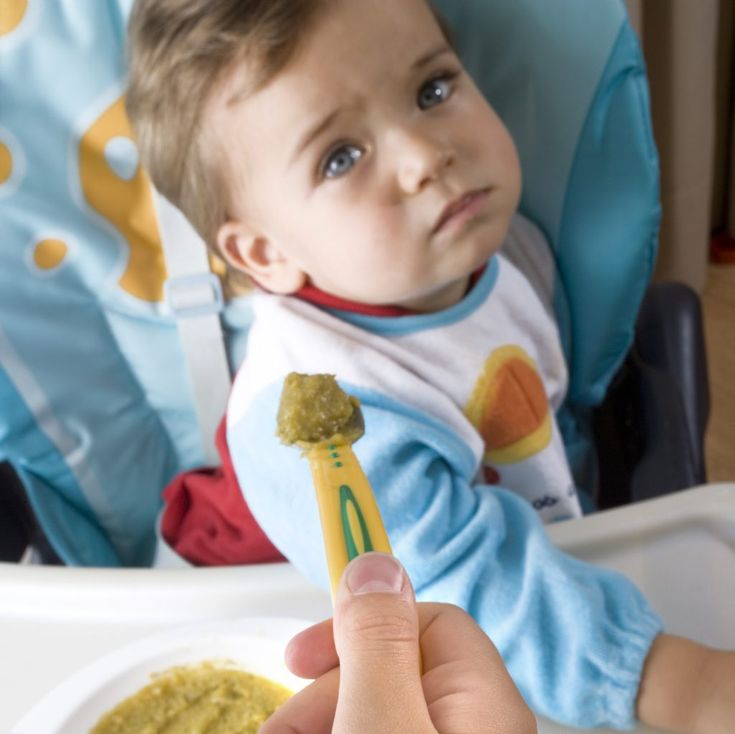
Weaning is an important decision for both mother and baby, and the decision is entirely up to them. When the mother and baby are ready to start weaning, there are a few tips and techniques to help make the transition a positive one. nine0089
3 Philips Avent products to support you when you stop breastfeeding:
When should I start weaning my baby?
There is no definite and correct period for weaning a child. The mother-child relationship is different for everyone, and weaning is a purely personal decision for mother and baby, which they make when both are ready.
The World Health Organization (WHO) recommends exclusive breastfeeding for infants up to six months of age. Until a child reaches the age of one year, both solid food and breast milk must be present in his diet. If the baby is weaned before he is one year old, adapted infant formula can be fed instead of breast milk. If a baby is stopped breastfeeding at one year of age or older, infant formula milk products can be given instead.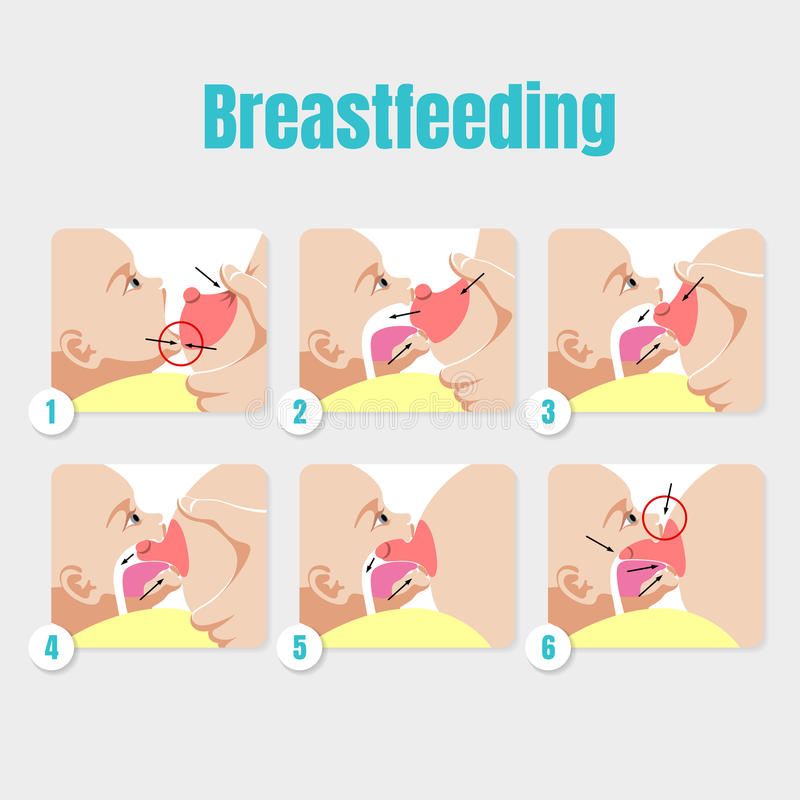 While the recommendations are, many mothers stop breastfeeding before their babies are 12 months old, and others breastfeed for up to two years or longer. The second option is called extended breastfeeding, and it's a completely healthy choice for mothers and babies who want to continue breastfeeding. nine0005
While the recommendations are, many mothers stop breastfeeding before their babies are 12 months old, and others breastfeed for up to two years or longer. The second option is called extended breastfeeding, and it's a completely healthy choice for mothers and babies who want to continue breastfeeding. nine0005
Signs that a baby is ready to wean
Mothers often wonder how to stop breastfeeding, because babies rarely just stop suckling. Weaning a baby from the breast is usually a gradual process for both the mother and the baby.
There are several signs that will let you know that the baby is ready to start weaning:
- disinterest or fussiness during feeding; nine0024
- reducing the duration of feedings;
- child is easily distracted while feeding;
- the child plays while suckling, eg pulling or biting the breast;
- baby suckles lightly but does not extract milk.
How do I wean a baby?
When mom and baby decide it's time to stop breastfeeding, there are a few things to keep in mind to make the transition smoother.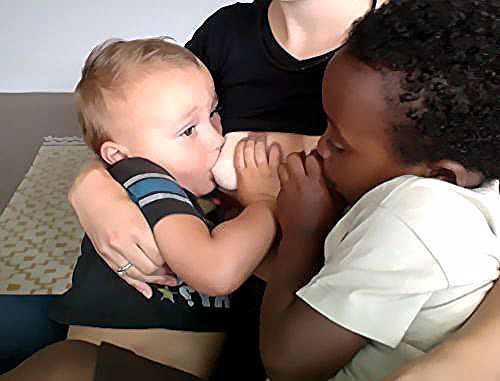 nine0041
nine0041
Here are our tips for weaning your baby when the time is right:
1. Wean gradually. When you decide to wean a baby, remember the main thing: do it gradually. This is necessary so that both mother and baby can adapt to physical and emotional changes. In addition, the gradual cessation of breastfeeding helps mothers avoid problems such as engorgement and general breast discomfort.
2. Express milk. To prevent breast engorgement when breastfeeding is stopped, the mother may need to express her milk, especially if the baby is less than a year old. One way to reduce and gradually stop breast milk production is to express less and less milk so that less milk is produced. Since pumping stimulates the flow of milk, it is important to use the pump for a shorter time than the duration of feeding the baby. Gradually, milk production will decrease and eventually stop completely. nine0041
Check out the Natural Motion Electronic Breast Pump, which combines nipple stimulation and pumping like a baby does for natural and gentle pumping.
3. Reduce the number of daily feedings by one every week. We recommend eliminating one of the daily feedings each week, such as feeding at noon or at another time, depending on which one the child likes the least. The latter, as a rule, exclude feeding before bedtime and immediately after waking up. nine0005
During the weaning period, the mother's breasts will continue to produce milk until she stops breastfeeding completely.
During this period, mums will love these soft bra pads to keep their clothes dry and clean all day long.
Check out this Natural bottle with an ultra-soft, breast-like nipple to help ease your baby's transition from breast to bottle. nine0005
4. Extra hugs may be needed. In addition to the physical changes that stopping breastfeeding brings, moms and babies will also experience emotional changes. During this period, you should hug the baby more often and express your love to him. Caress and other expressions of love can help mother and baby retain the closeness and togetherness that breastfeeding gave them.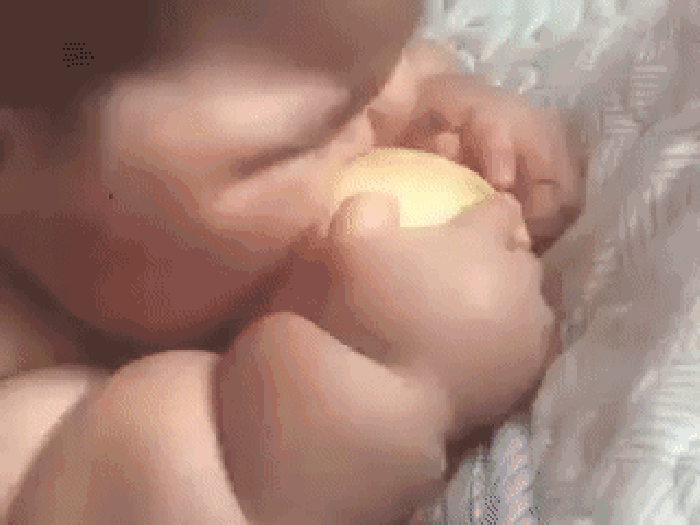
5. Introduce complementary foods at your baby's usual feeding times. Another way to help your baby adjust to change is to give him complementary foods at his usual feeding times. Babies who are a year old or older can substitute cow's milk for breast milk or offer other foods if the baby has already switched to solid foods. nine0005
We also recommend watching the webinar "How to End Breastfeeding Comfortably and Painlessly: Tips and Tricks".
Although weaning is the natural end to breastfeeding, it is at this stage that a mother makes a huge difference in her baby's life. Along with a new sense of pride in a child who is growing and developing, it is quite natural for a mother to feel sadness. Breastfeeding creates a special bond between mother and baby. Therefore, breastfeeding mothers often find it difficult to say goodbye to breastfeeding. nine0041
If you have any questions, be sure to contact a specialist to get his opinion.
Articles & tips from Philips Avent
Baby+ app
Download the app and track your baby's development and growth with trackers and keep those special moments forever.

